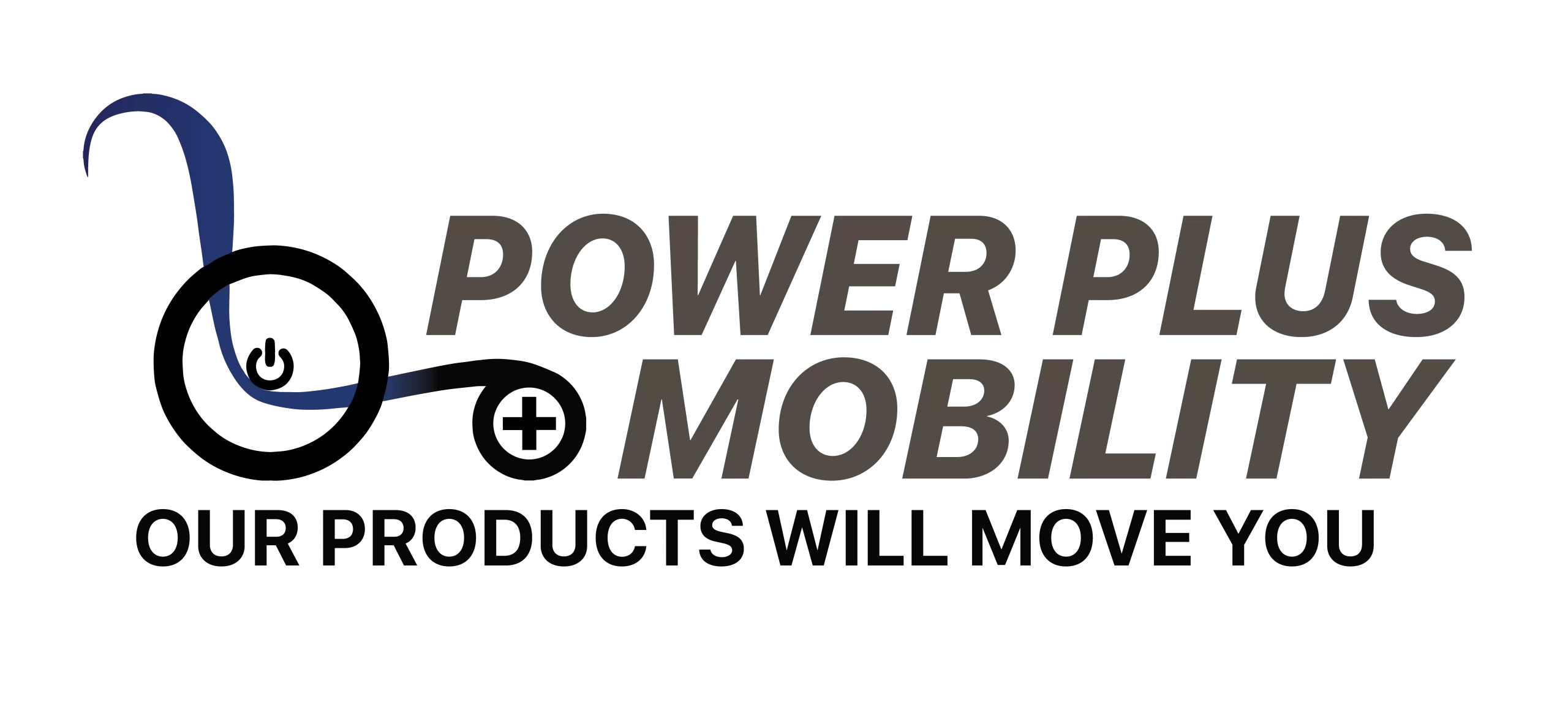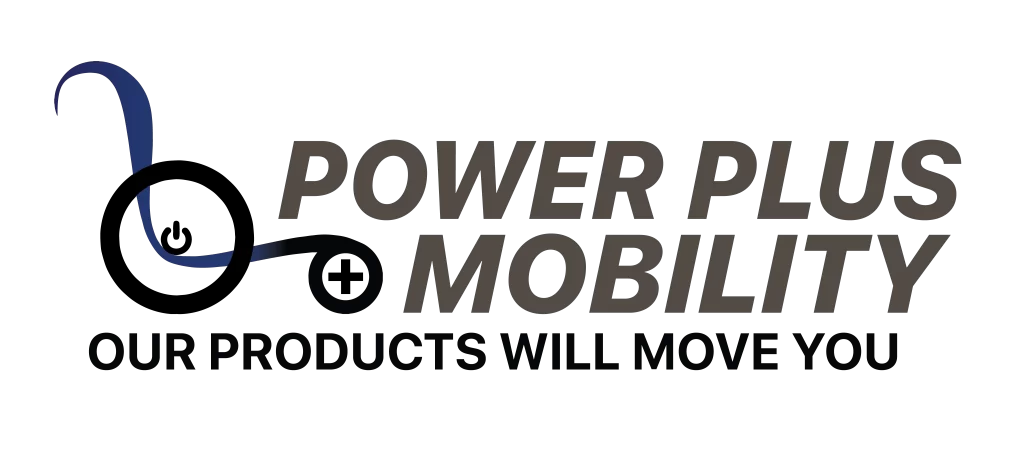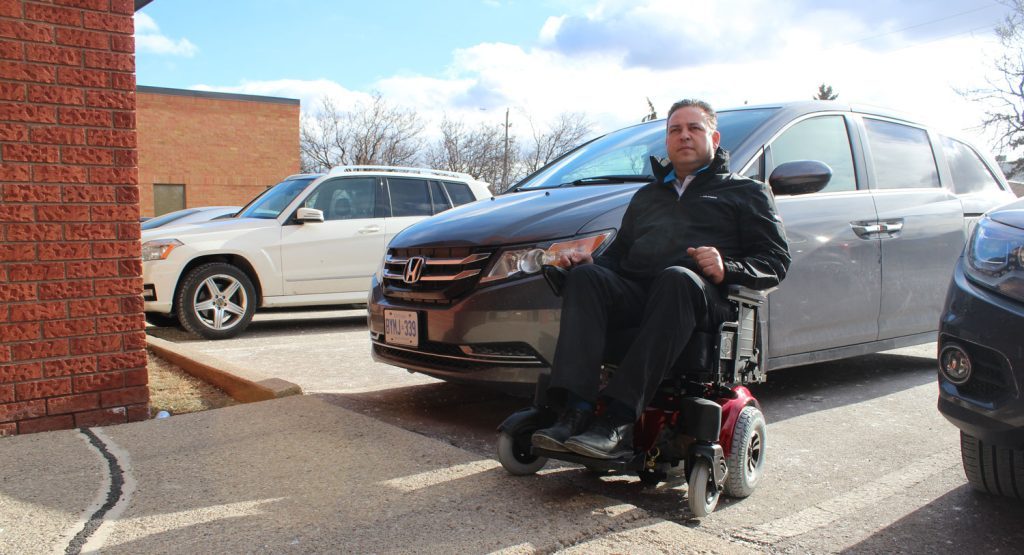
Acquiring a wheelchair in Canada involves more than simply selecting the right equipment – understanding the complex landscape of funding options, insurance coverage, and government assistance programs can significantly impact both the type of wheelchair you can obtain and your out-of-pocket expenses. For many Canadians, navigating these funding systems represents the difference between accessing optimal mobility equipment and settling for inadequate solutions that compromise independence and quality of life.
The Canadian healthcare system, provincial disability programs, private insurance plans, and charitable organizations all play roles in wheelchair funding, but their coverage criteria, application processes, and approval timelines vary significantly across provinces and individual circumstances. Understanding how these systems work together – and sometimes conflict with each other – empowers wheelchair users to make informed decisions about their mobility equipment while maximizing available financial support.
At Power Plus Mobility, our experience working with Canadian customers has provided deep insights into how funding decisions affect wheelchair selection and user satisfaction. Choosing the right wheelchair becomes significantly more complex when funding limitations restrict options or when approval processes delay access to needed equipment. Understanding these funding realities helps ensure that your wheelchair selection process aligns with both your mobility needs and financial circumstances.
Provincial Healthcare Coverage: The Foundation of Canadian Wheelchair Funding
Each Canadian province operates its own wheelchair funding program under the broader umbrella of universal healthcare, but coverage levels, eligibility criteria, and equipment specifications vary dramatically across the country. Understanding your provincial program’s specific requirements and limitations forms the foundation for effective wheelchair funding strategy.
Ontario’s Assistive Devices Program (ADP) covers 75% of approved wheelchair costs up to predetermined funding levels, while British Columbia’s Health Equipment Loan Program provides full funding for approved equipment but with more restrictive eligibility criteria. Quebec’s system emphasizes rental programs for certain wheelchair types, while Atlantic provinces each maintain unique approaches to wheelchair funding that reflect their specific demographic and budgetary considerations.
Eligibility requirements typically include medical necessity documentation, residency requirements, and often financial need assessments. The application process usually requires healthcare professional involvement, with occupational therapists, physiotherapists, or physicians providing clinical justification for specific wheelchair features and capabilities.
Understanding when to upgrade your wheelchair becomes particularly important in government funding contexts, where replacement approvals may be limited to specific timeframes or require demonstration of equipment failure rather than evolving user needs.
Private Insurance Coverage: Navigating Benefits and Limitations
Private insurance coverage for wheelchairs varies enormously depending on policy types, coverage levels, and specific plan provisions. Employment-based benefits, private disability insurance, and supplemental health insurance each approach wheelchair coverage differently, creating opportunities and challenges for comprehensive funding strategies.
Many private insurance plans provide coverage percentages that complement provincial programs, potentially covering user portions of government-funded wheelchair purchases. However, private insurance often includes annual maximums, lifetime caps, or specific equipment restrictions that require careful planning to maximize benefits effectively.
Pre-authorization requirements common in private insurance can significantly impact wheelchair selection and timing. Understanding these requirements early in the wheelchair selection process prevents delays and ensures that chosen equipment meets insurance criteria for coverage approval.
Some private insurance plans offer superior coverage for specific wheelchair types or features not covered by provincial programs, making them valuable supplements for users requiring advanced positioning systems, specialized seating, or high-end power wheelchair features. The hidden costs of buying a wheelchair often include insurance deductibles, co-payments, and coverage gaps that require careful financial planning.
Workplace Accommodation Programs and Employer Support
Canadian employers have legal obligations under human rights legislation to provide reasonable workplace accommodations for employees with disabilities, including funding for wheelchair equipment needed for job performance. Understanding these obligations and how to effectively advocate for workplace wheelchair funding can provide access to equipment specifically tailored for professional use.
Workplace wheelchair funding often covers features and capabilities not typically approved through healthcare programs, including specialized work surfaces, enhanced maneuverability features, or technology integration needed for specific job functions. Employers may also provide funding for backup wheelchairs, workplace-specific modifications, or enhanced maintenance programs that support consistent work performance.
The accommodation request process requires clear documentation of how specific wheelchair features enable job performance while demonstrating that requested accommodations represent reasonable costs relative to workplace benefits. Essential tips for enhancing mobility and independence often include leveraging workplace accommodation rights to access superior equipment that enhances both professional and personal mobility.
Documentation requirements for workplace wheelchair funding typically include occupational assessments, job demands analysis, and cost-benefit evaluations that demonstrate how specific equipment features enhance workplace productivity and reduce accommodation costs over time.
Veterans Affairs Canada: Specialized Support for Military Veterans
Veterans Affairs Canada operates comprehensive wheelchair funding programs that often provide superior coverage compared to provincial healthcare programs. VAC funding typically includes broader equipment categories, higher funding limits, and more flexible replacement schedules that recognize the unique needs of veterans with service-related disabilities.
VAC wheelchair programs often cover advanced wheelchair technologies, specialized seating systems, and environmental control interfaces not typically funded through provincial programs. Veterans may also access funding for multiple wheelchairs designed for different activities, backup equipment, and enhanced maintenance programs that ensure consistent mobility access.
The VAC funding application process requires service-related disability confirmation and clinical assessment, but approved funding often provides access to state-of-the-art wheelchair technology without the restrictions common in other funding programs. Understanding how VAC benefits coordinate with other funding sources helps veterans maximize their wheelchair investment while ensuring optimal mobility outcomes.
Charitable Organizations and Grant Programs
Numerous Canadian charitable organizations provide wheelchair funding assistance that supplements government and insurance coverage. These programs often target specific populations, geographic regions, or wheelchair types not adequately covered by traditional funding sources.
National organizations like the War Amps, March of Dimes Canada, and the Rick Hansen Foundation operate wheelchair funding programs with unique eligibility criteria and coverage approaches. Provincial and local charities often provide funding for specific wheelchair features, modifications, or rapid access programs that bypass traditional funding delays.
Grant application strategies require understanding each organization’s funding priorities, application timelines, and coordination requirements with other funding sources. Many charitable programs provide funding specifically for wheelchair features that enhance independence, community participation, or employment capabilities not prioritized by healthcare-focused funding programs.
Research grant and demonstration programs occasionally provide access to cutting-edge wheelchair technology through participation in research studies or equipment evaluation programs. These opportunities can provide access to advanced wheelchair features while contributing to mobility technology development.
Tax Benefits and Deductions: Maximizing Financial Relief
Canadian tax regulations provide several mechanisms for wheelchair-related tax relief that can significantly reduce the net cost of wheelchair purchases. The Disability Tax Credit, medical expense deductions, and GST/HST exemptions each offer different approaches to wheelchair cost reduction.
The federal Disability Tax Credit provides annual tax reductions that can be particularly valuable for wheelchair users with ongoing mobility-related expenses. Medical expense deductions allow wheelchair costs to be claimed as eligible medical expenses, potentially providing tax relief proportional to income levels and total medical costs.
GST/HST exemptions for mobility equipment eliminate sales taxes on qualified wheelchair purchases, providing immediate cost savings. Understanding which wheelchair features and accessories qualify for tax exemptions helps optimize wheelchair purchases for maximum tax benefits.
Tax planning strategies that coordinate wheelchair purchases with other medical expenses and disability-related costs can maximize available tax relief while ensuring optimal timing for wheelchair acquisition relative to funding availability and clinical needs.
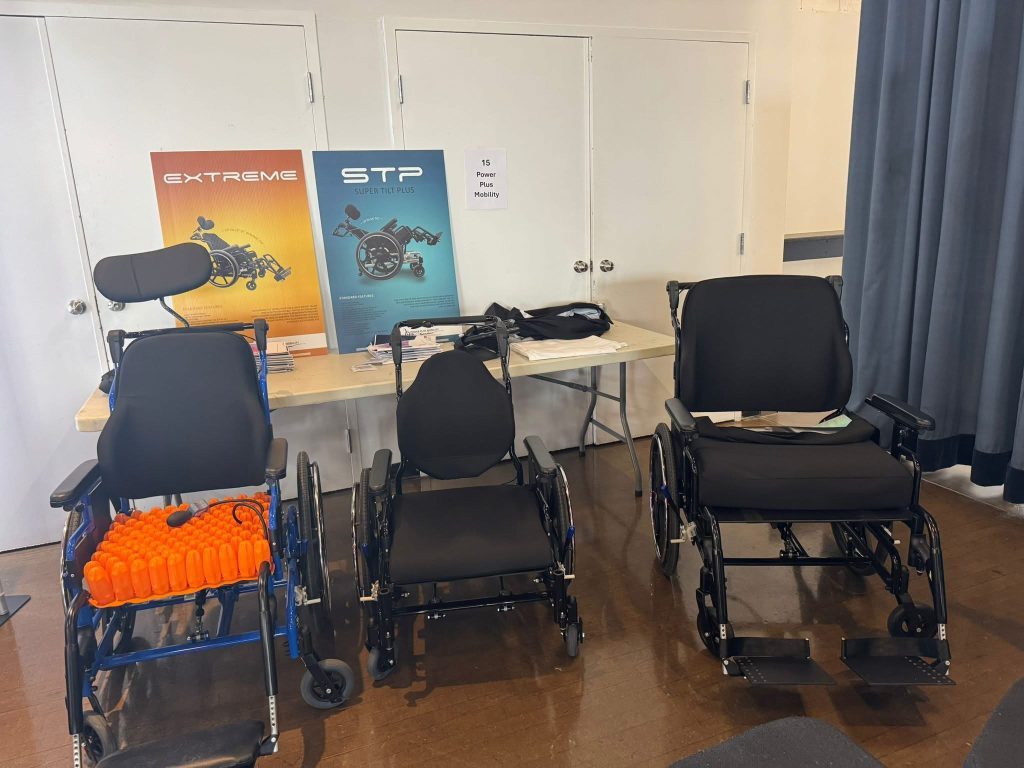
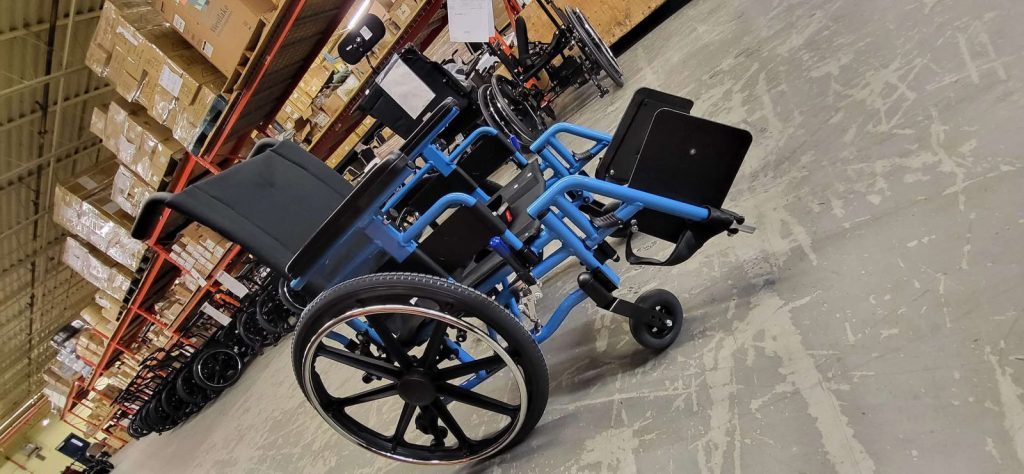
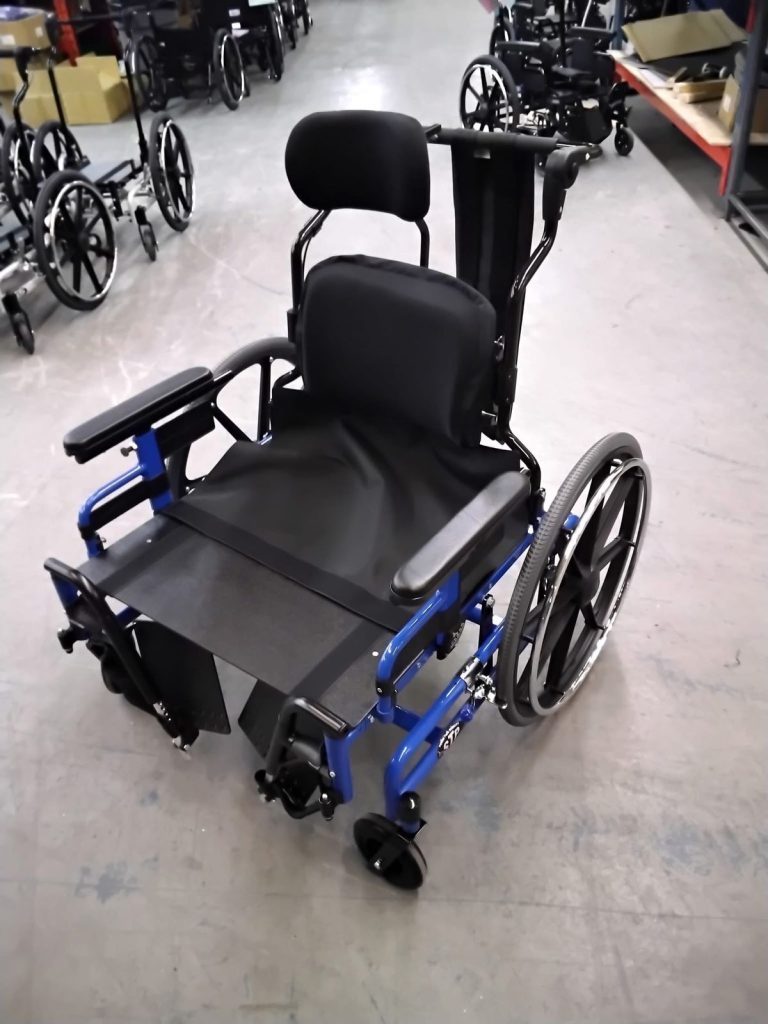
Funding Strategy Development: Coordinating Multiple Sources
Successful wheelchair funding often requires coordinating multiple funding sources to achieve optimal equipment access while minimizing personal costs. Understanding how different funding programs interact – and sometimes conflict with each other – enables strategic planning that maximizes available support.
Timing considerations become crucial when coordinating funding from multiple sources, as approval timelines, funding cycles, and equipment delivery schedules must align to ensure successful wheelchair acquisition. Proper wheelchair maintenance becomes particularly important when funding sources have specific performance and longevity expectations.
Documentation strategies that satisfy multiple funding source requirements simultaneously reduce application complexity while ensuring that all potential funding sources receive appropriate clinical and financial justification for requested wheelchair features.
Working with Healthcare Professionals for Funding Success
Healthcare professionals play crucial roles in wheelchair funding success, providing clinical assessments, equipment recommendations, and ongoing support that justifies funding requests and ensures appropriate wheelchair selection. Understanding how to effectively collaborate with healthcare teams optimizes both funding outcomes and wheelchair selection.
Occupational therapists specializing in seating and mobility provide clinical assessments that form the foundation for most funding applications. Their recommendations carry significant weight with funding decision-makers and help ensure that requested wheelchair features address documented clinical needs.
Rehabilitation engineers and assistive technology specialists provide technical expertise that supports funding requests for complex wheelchair systems, custom modifications, or advanced technology integration. Their involvement demonstrates technical necessity while ensuring that requested equipment represents appropriate solutions for identified needs.
When wheelchair repairs are needed, having established relationships with healthcare professionals who understand your mobility needs and funding constraints facilitates rapid response to equipment issues while maintaining funding compliance.
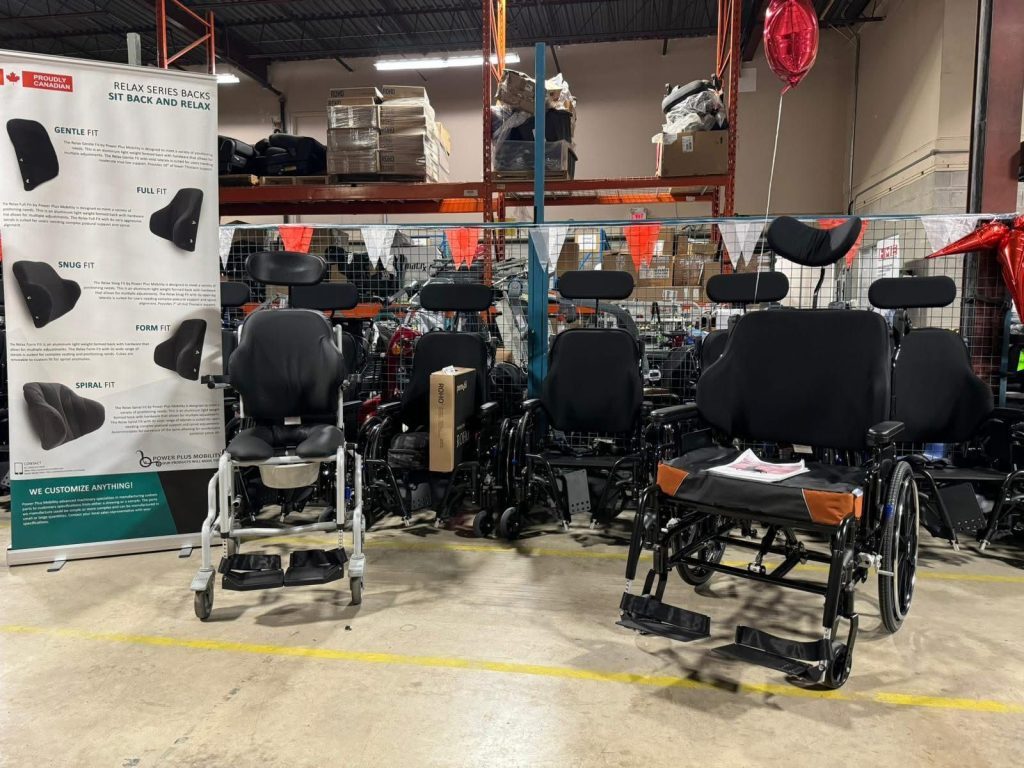
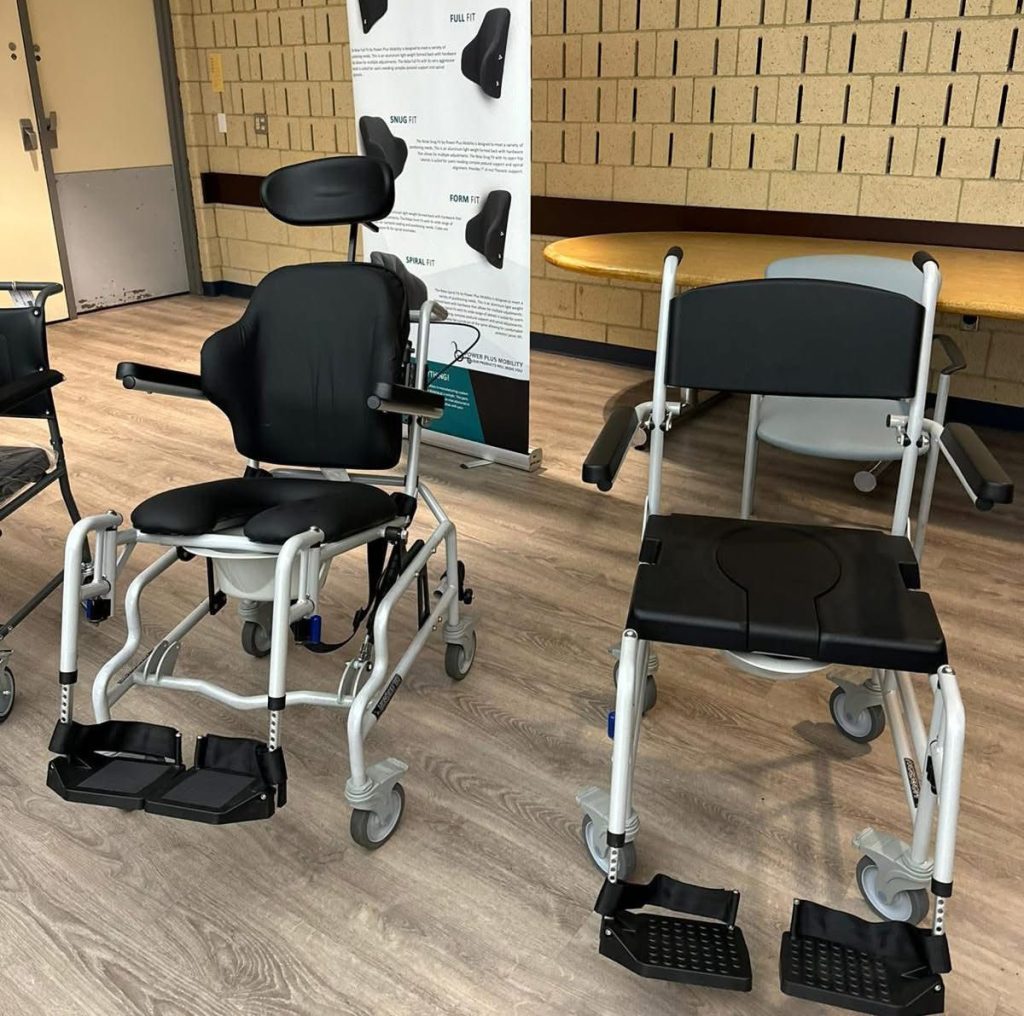
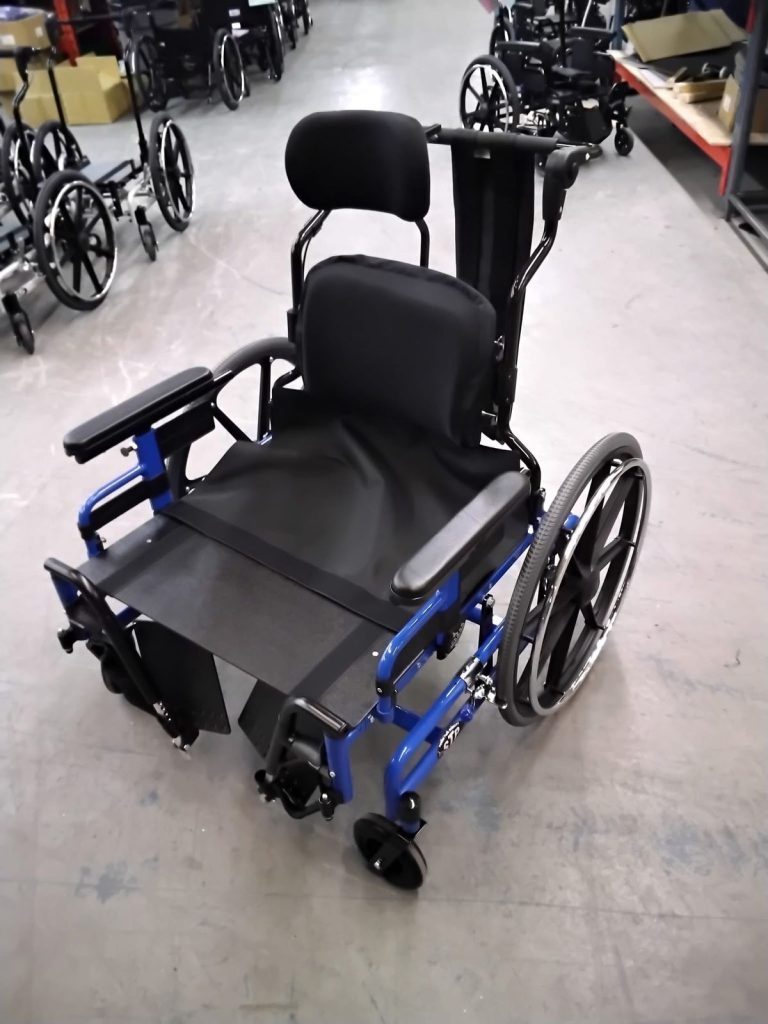
Understanding Funding Timelines and Planning Ahead
Wheelchair funding approval processes typically require weeks or months, making advance planning essential for timely equipment access. Understanding typical timelines for different funding sources helps coordinate wheelchair selection with clinical needs and life circumstances.
Emergency funding programs exist in most provinces for rapid wheelchair access when clinical needs cannot wait for standard approval processes. However, emergency funding often provides limited equipment options or temporary solutions that require subsequent applications for optimal long-term equipment.
Planned replacement strategies that anticipate funding cycles, equipment lifespans, and evolving mobility needs ensure continuity of appropriate wheelchair access while maximizing funding efficiency over time.
Empowering Informed Wheelchair Funding Decisions
Navigating Canadian wheelchair funding requires understanding complex systems, strategic planning, and effective advocacy, but the investment in this knowledge pays significant dividends in accessing appropriate mobility equipment while minimizing personal costs. Success requires patience, persistence, and often professional guidance, but the outcome – optimal wheelchair access that enhances independence and quality of life – justifies the effort required.
At Power Plus Mobility, our Canadian manufacturing and customer service capabilities mean we understand the funding landscape our customers navigate. We work with healthcare professionals and funding agencies to ensure our wheelchair solutions meet coverage criteria while providing the quality and performance that Canadian wheelchair users deserve.
Understanding your funding options empowers you to make informed decisions about wheelchair features, timing, and long-term mobility planning. The combination of available funding sources, strategic planning, and appropriate professional support can make optimal wheelchair access achievable for most Canadians who require mobility assistance.
Ready to explore how wheelchair funding options can help you access the mobility equipment you need? Contact Power Plus Mobility to discuss how our Canadian-made wheelchairs align with funding program requirements while providing the quality and performance you deserve.
To visit our social media, please click on Facebook and Instagram
